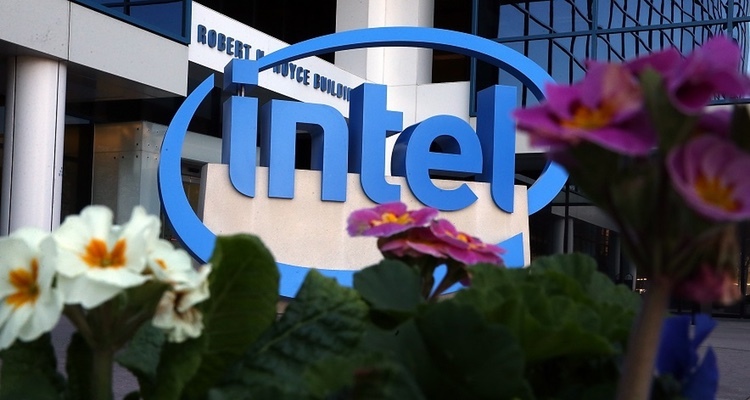Intel threatens to file a patent lawsuit against Microsoft for x86 emulation on ARM
 This year, devices with the Windows 10 operating system are expected to appear, in which processors based on the ARM architecture will be used. Microsoft and Qualcomm are working on this together. In June 2017, Qualcomm signed an agreement with Asus, Lenovo and HP, under which they will start creating a line of Windows-based devices based on Snapdragon 835. Presumably, a new mobile form factor will be developed for the new line.
This year, devices with the Windows 10 operating system are expected to appear, in which processors based on the ARM architecture will be used. Microsoft and Qualcomm are working on this together. In June 2017, Qualcomm signed an agreement with Asus, Lenovo and HP, under which they will start creating a line of Windows-based devices based on Snapdragon 835. Presumably, a new mobile form factor will be developed for the new line. After learning about Microsoft's intentions to emulate x86 in new devices, Intel warned players of the IT market that emulating its architecture on any processors requires an appropriate license to use intellectual property.
Intel has not been delighted with the growing competition in the computer market, which has recently begun to recover after years of decline:
There have been news that some companies may use the x86 emulation that belongs to us without our permission. We do not endorse the illegal infringement of our patents, and we fully expect other companies to continue to respect Intel’s intellectual property rights.The architecture of 8086 is about 40 years old. In this case, Intel has invested all these years a lot of strength in its development. The architecture was first used in the Intel 8086 processor, which was equipped with the first IBM computer, released in June 1978.
Since 1990, Intel has been forced to defend its rights in the microprocessor market. So, relying on the fundamental patent Crawford '338, Intel successfully defended its right to x86 in disputes with United Microelectronics Corporation, Advanced Micro Devices, Cyrix Corporation, Chips and Technologies and Via Technologies.
In short, the company has never been particularly “generous” in terms of licensing its x86 architecture.
Windows can regain its former popularity if Microsoft succeeds in realizing its plans.and distribute Windows 10 on mobile devices - smartphones, tablets and other gadgets that run mainly on ARM processors. The main advantage of the Microsoft operating system is a huge number of third-party programs written under Windows. But they are all written for x86-based platforms and cannot be installed on smartphones. Now Microsoft intends to correct this flaw.
In December 2016, Qualcomm announced a partnership with Microsoft and announced a new 64-bit Snapdragon 835 processor (ARMv8), on which Windows 10 could work. It was assumed that these Qualcomm processors could be installed in laptops instead of traditional Intel and AMD chips. The start of sales of the new processor was scheduled for the second half of 2017.
In 2012, the company released OS Windows RT - version of Windows 8 for ARM-tablets. However, the system was incompatible with Windows-based applications designed for 32-bit and 64-bit x86 architecture, which somewhat disappointed users. Thus, RT is not widely used.
Microsoft is not the first to emulate x86 - at one time this idea was implemented by Transmeta. She released an x86-compatible processor using emulation technology. Intel applied Transmeta against patents related to the SIMD instruction set. Transmeta did not achieve commercial success and left the microprocessor business 10 years ago.
